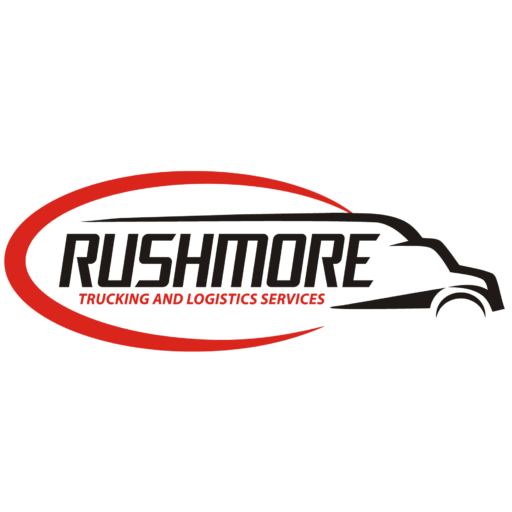A guide to load boards for truckers and shippers
The transportation industry has come a long way, with technological advancements playing a significant role in streamlining processes and improving efficiency. One such innovation that has revolutionized the trucking and shipping sectors is the load board. In this comprehensive guide, we will explore load boards and their utility for truckers and shippers, helping you make informed decisions and optimize your operations.
What are Load Boards?
Load boards, also known as freight boards, are online platforms that connect truckers and shippers in real-time. They provide a marketplace where shippers can post their freight requirements and truckers can search for loads to transport. In essence, load boards facilitate seamless communication and collaboration between truckers and shippers, ensuring the efficient movement of goods across the country.
Benefits of Load Boards for Truckers and Shippers
Increased Efficiency: Load boards help truckers find suitable loads quickly and conveniently, reducing the time spent searching for loads and minimizing empty miles. Shippers can also post their freight requirements and connect with reliable carriers, ensuring timely and efficient transportation.
Expansive Network: Load boards offer a vast network of carriers and shippers, making it easier for both parties to find the perfect match for their needs. This extensive network can help truckers secure consistent work and allow shippers to access a diverse range of carriers.
Cost-Effective: Load boards often have competitive subscription plans or offer free access, allowing truckers and shippers to enjoy their services without breaking the bank. By reducing the time and effort spent on searching for loads or carriers, load boards can save truckers and shippers money in the long run.
Transparency: Load boards provide detailed information about loads and carriers, including weight, dimensions, destination, and pickup times. This transparency helps both truckers and shippers make informed decisions and fosters trust between parties.
Flexibility: Load boards cater to various trucking and shipping needs, accommodating full truckloads (FTL), less-than-truckload (LTL), flatbed, refrigerated, and specialized freight.
How to Choose the Right Load Board
When searching for a load board, consider the following factors to ensure you select the best platform for your needs:
User Experience: Choose a load board with an intuitive interface and easy-to-use search and filtering options. This will allow you to find suitable loads or carriers quickly and efficiently.
Pricing: Compare subscription plans or fees associated with different load boards to ensure you find a cost-effective option that fits your budget.
Features: Look for load boards that offer additional features such as credit reports, carrier verification, and real-time tracking. These tools can be invaluable in helping you make informed decisions and streamline your operations.
Customer Support: Opt for a load board with responsive customer support to address any issues or queries you may have.
Reputation: Research load board reviews and testimonials from fellow truckers and shippers to ensure you choose a reputable and reliable platform.
Load boards have transformed the trucking and shipping industries, providing a convenient and efficient platform for truckers and shippers to connect. By understanding the benefits and features of load boards, you can make informed decisions and optimize your operations. Invest in a reputable load board that meets your needs and enjoy the benefits of increased efficiency, cost savings, and a vast network of carriers and shippers.
Top Links
Categories
Recent Posts
Error: No feed found.
Please go to the Instagram Feed settings page to create a feed.
Categories
Categories
Categories
 Industry News
Industry News
- New Contract for Medical Shipment to Kabul - Bolloré Logistics
- Raiders in talks with Chargers, Rams about Costa Mesa training camp logistics
- Grydd Launches Transformative New AI-Driven Supply Chain & Logistics Ecosystem
- Grydd Launches Transformative New AI-Driven Supply Chain & Logistics Ecosystem
- GXO Logistics' Q1 revenue increases 6% to $2.46B - Yahoo Finance
